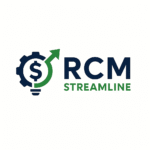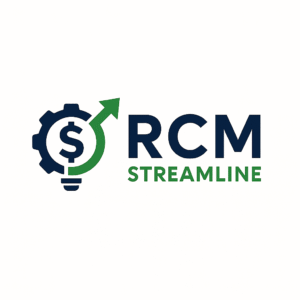The Hidden Costs of Delayed Insurance Eligibility Verification
Why You Can’t Afford to Overlook Insurance Verification in Your Revenue Cycle

Delayed insurance eligibility verification is one of the most overlooked yet costly pitfalls in the healthcare revenue cycle. While many providers focus on coding accuracy or prior authorization, failing to verify coverage in real time can quietly drain revenue, cause claim denials, and delay patient care.
In this article, we’ll explore:
Why timely insurance verification matters
The hidden costs of delays
Common mistakes
Real-world examples
How to build a streamlined eligibility process
Why Insurance Eligibility Verification Is Critical
Eligibility verification is the process of confirming a patient’s insurance coverage before services are rendered. This step ensures:
The patient has active coverage
The service is covered under their plan
Co-pays, deductibles, and out-of-pocket costs are clearly defined
When done correctly, it prevents denied claims, accelerates collections, and improves the patient experience.
Hidden Costs of Delayed Verification
Delayed or skipped eligibility checks can cause:
Denied claims due to inactive coverage or plan limitations
Delayed reimbursements while re-submissions or corrections are made
Increased A/R days that weaken cash flow
Patient dissatisfaction when surprise bills arrive
Increased staff workload chasing down errors after the fact
One missed verification can create a domino effect across billing, collections, and even scheduling.
Real-World Example: Missed Medicaid Change
A patient originally covered by Medicaid changes to a Managed Medicaid plan without notifying the provider. Because staff skipped the real-time eligibility check, the provider billed the wrong payer.
Result?
The claim is denied
Rebilling to the correct plan is delayed
Patient receives a bill
The issue isn’t resolved for 45+ days
Multiply this by 10–20 cases per month, and you’re looking at thousands in lost revenue.
Common Mistakes Practices Make
Verifying only the first visit, not follow-ups
Assuming coverage hasn’t changed mid-treatment
Not training front-desk staff properly
Relying on manual calls to payer lines
Using outdated EHR fields for payer info
How to Improve Your Eligibility Workflow
1. Automate with Real-Time Tools:
Use software that integrates real-time eligibility verification into your EHR or practice management system.
2. Train Your Frontline Team:
Ensure schedulers and intake staff understand how and why to verify every visit—especially for high-turnover payers like Medicaid.
3. Set a Verification Protocol:
Require checks within 24 hours of the visit date. For recurring appointments, re-check monthly.
4. Monitor Denial Trends:
If you’re seeing a spike in eligibility-related denials, investigate whether staff are skipping steps.
5. Consider Outsourcing:
Many RCM vendors offer dedicated eligibility teams for a fraction of the cost of in-house staff.
Bottom Line:
Delayed insurance eligibility verification is a hidden revenue killer. With tighter margins and rising patient responsibility, no organization can afford to overlook this crucial step.
Start by automating your checks, training your staff, and tracking your data. The return on investment is real: fewer denials, faster payments, and happier patients.
We can also help. Check out our Revenue Cycle Outsourcing and Authorization & Eligibility Training pages for more information on how RCMStreamline can help reduce denials and ensure faster payments.

